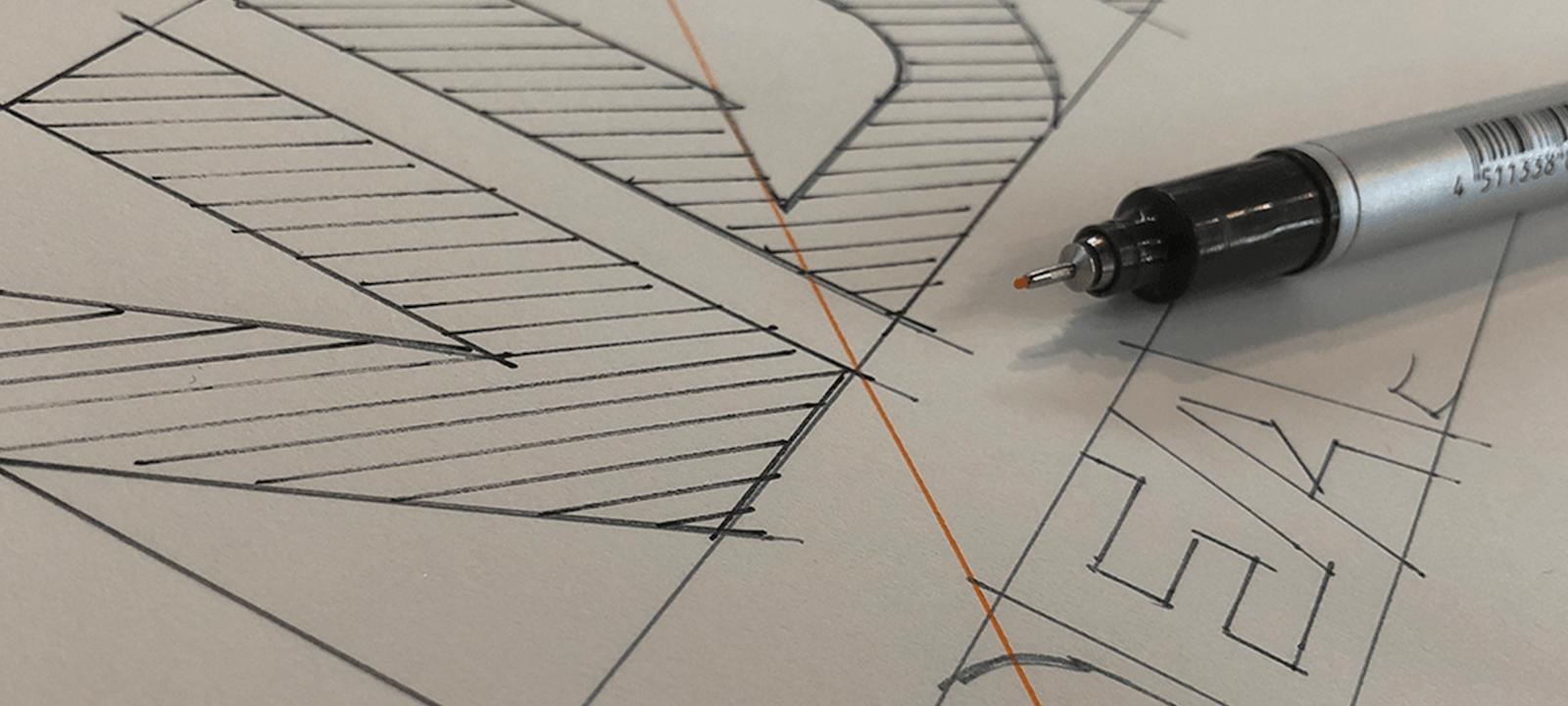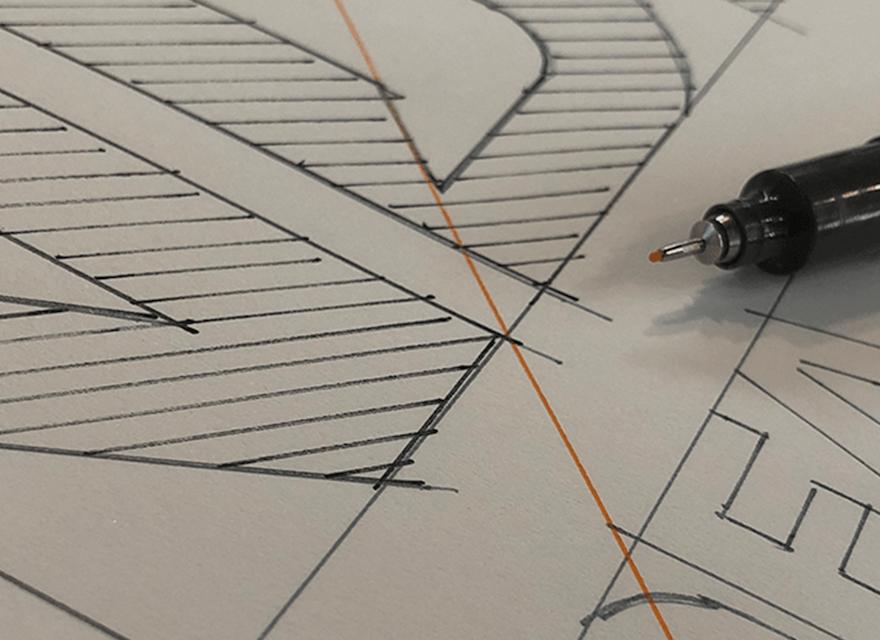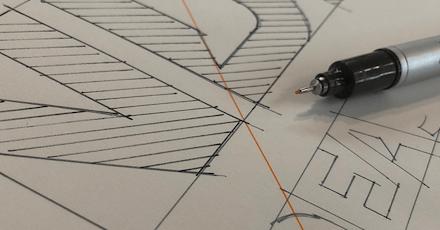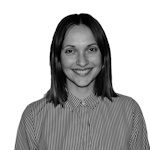Why a Research Phase?
We are currently working on a website project with DEAS on a full upgrade of their housing portal Findbolig.nu. To set the scene, DEAS, Denmark's leading property management company, recently laid out a new digital strategy where the vision is to become digital leaders within their field. Part of the strategy involves an upgrade of the existing housing portal and Valtech was chosen as their digital partner to run this project.
Together, we set out to document the processes of a business-critical design project, by showcasing how a collaboration and comprehensive digital project like this actually spans out from research over design to implementation and lastly launch. As the Research phase was finalized, we had a quick talk with Christina Knudsen from our Design Thinking Team. She is Lead UX on the Findbolig.nu project and has a lot of valuable insights on the value of a Research phase.
Q: Where do you even start a large project like a full revamp of an existing website?
Christina: Well, first of all we need to define the vision and the business goals. What kind of KPIs are they going to measure on after we launch. We always need to set the direction, otherwise we won’t be able to measure whether or not we did what we were hired to do.
Next, we need to identify the needs, both in relation to the business strategy (the vision we already defined and what does the client want to achieve) and in relation to the functional requirements. So, what are the requirements from both a technical and business perspective. We also look at industry standards and how far the competition is. You would always want to be at least on par with your competitors and when you’re there, you need to strive for a superior position.
Last but not least, we talk to the customer – and the customers of the customer if we are working with a B2B client, like in the case of DEAS. A great customer experience begins when the customer feels taken care of and we need to identify the needs of the customers in order to fulfill this goal. That is also a crucial step in achieving your business strategy.
Q: What kind of processes do you use to determine the needs?
Christina: Together with the Technical Lead, we ran the research work in three tracks: the technical track, the business track, and the customer track. We conducted an analysis of the technical landscape, mapped out the internal processes, and envisioned a future customer experience based on interviews with the target groups (B2C and B2B) and a trend analysis.
After the initial analysis we were able to develop a strategic roadmap for how Findbolig.nu is going to develop over time. The aim of the roadmap is to:
- Upgrade the platform to industry standard.
- Develop the business potential and service improvements that we identified in the Research phase.
- Focus on the parts that will make DEAS more innovative and thus more competitive based on the pre-defined parameters.
Q: What is the output from the Research phase and how do you bridge that into the Design phase?
Christina: We often work with clients that have several target groups and in the case of DEAS, they operate both within B2C and B2B target groups. For the B2B customers we have individual investors on one end of the spectrum and large pension funds on the other end, so quite a large span of needs that we needed to define.
For this task we use a “service blueprint” to keep track of all the internal business needs and external customer needs. As a designer, it is really exciting to see how we get the complexity unraveled during the Research phase. In the end, we enter all the identified needs from the service blueprint into a backlog that we can then bring into the Design phase.
The backlog has since been split into two. One part goes to the Design track and the other part goes to the Technical track. For the Design track it’s a huge help that we can start with the user journeys and needs already defined in the Research phase.
Together with DEAS, we have prioritized the roadmap and we work very closely with them on getting the design to a level where we will envision a great customer experience that will achieve the DEAS strategy, as I talked about in the beginning. In the end it is all about the customer experience!
Curious to know more?
Much more about what goes into the Design phase and how we reach the optimal customer experience in our next blog post where we will tune in on the elements of the design from a designer’s point of view. In the meantime, if you would like to learn more about the project with DEAS, follow us on Instagram under the hashtag #DeasValtechTogether.
This blog post focuses on the initial research that goes into a website project. As mentioned, we also work on a technical track that focuses on the platform and how to optimize it to modern standards, integrations, security issues etc. This of course is equally important for the project, but that was not in the scope for this interview.






